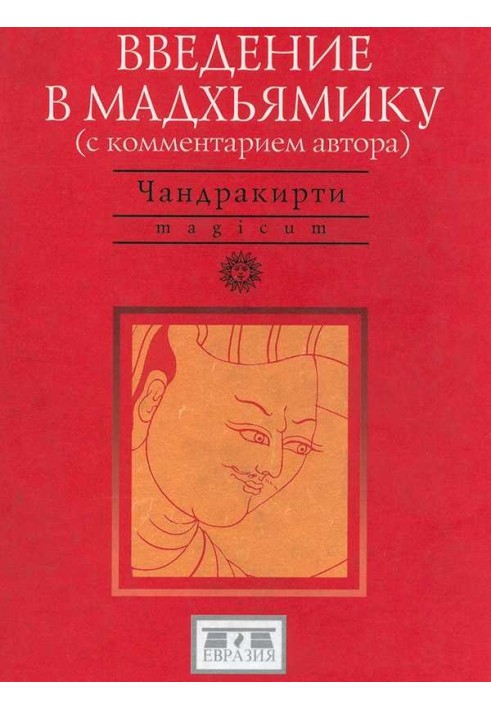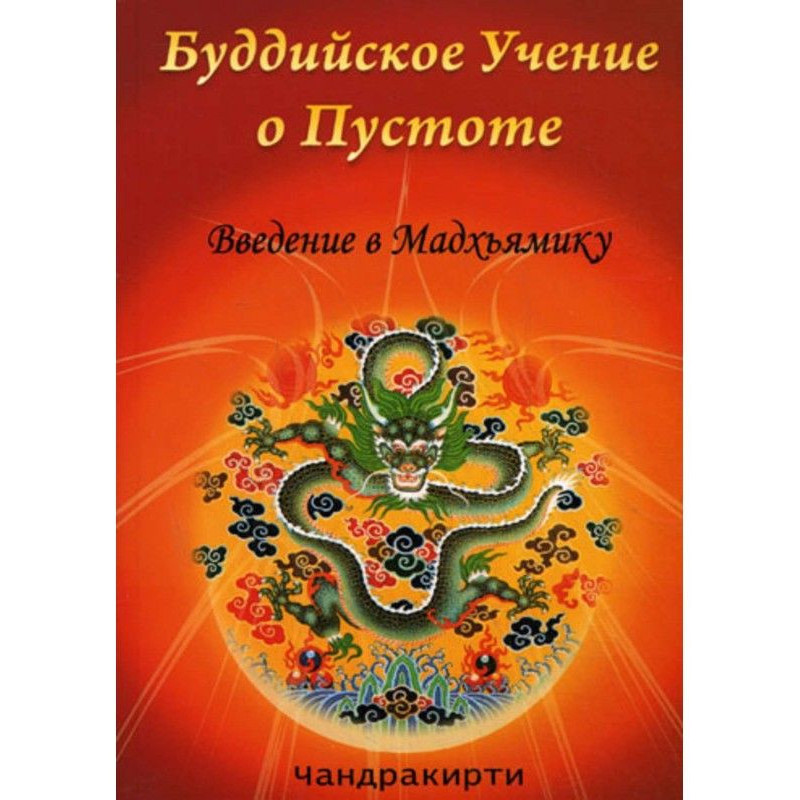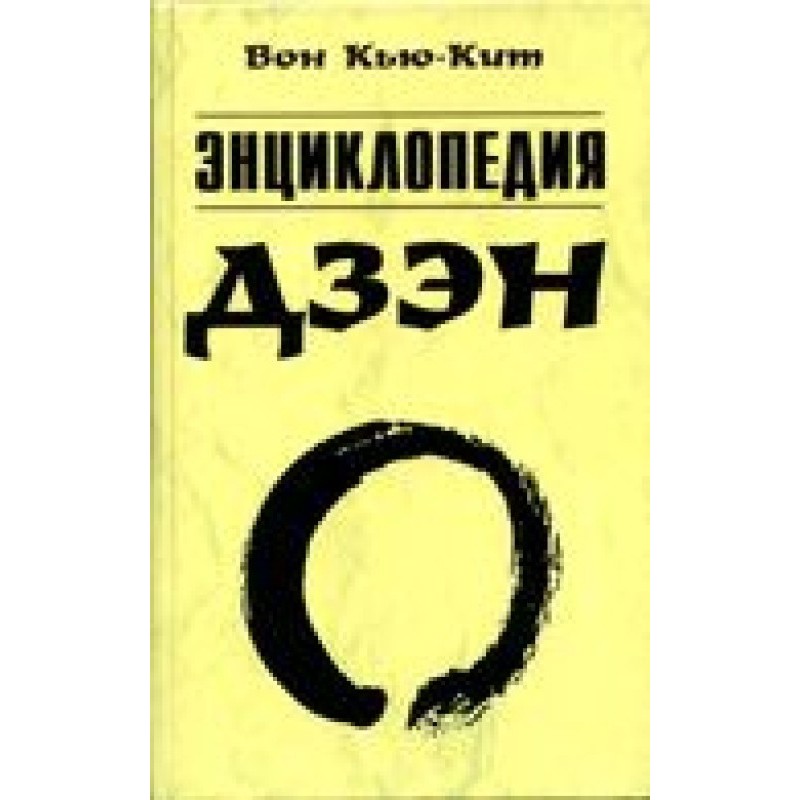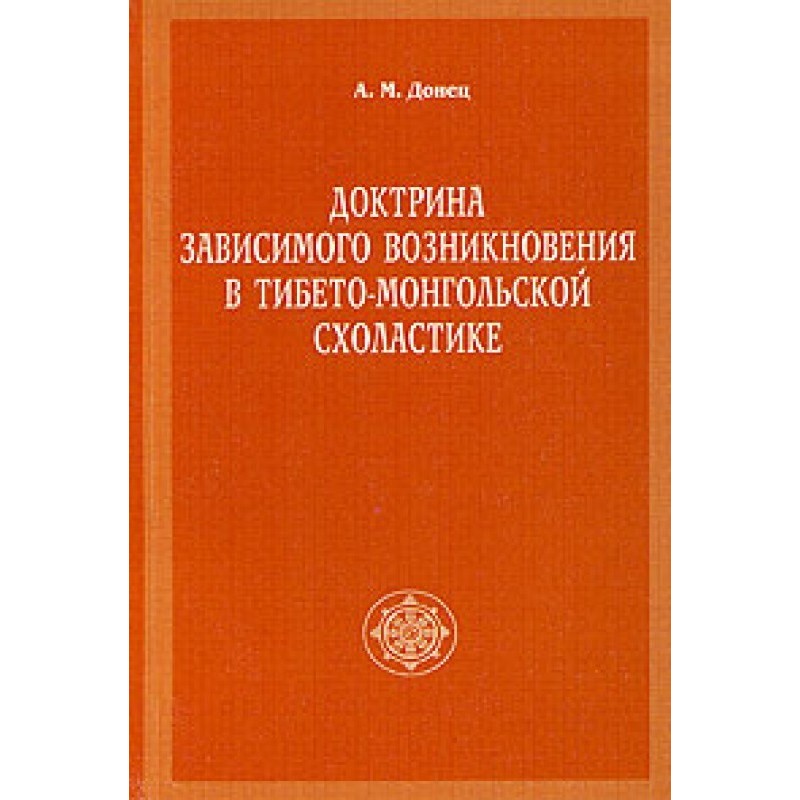Introduction to Madhyamika
 Instant download
Instant download
after payment (24/7)
 Wide range of formats
Wide range of formats
(for all gadgets)
 Full book
Full book
(including for Apple and Android)
Chandrakirti (VII century, India) - one of the founders of the Madhyamika-Prasangika Buddhist philosophical school, abbot of the Nalanda monastery - one of the most famous centers of Buddhist learning at that time. Chandrakirti is the most consistent successor of Nagarjuna's ideas. It was from the commentaries of Nagarjuna's works that the theory of Madhyamika, considered the pinnacle of Buddhist philosophical thought, was studied. The name of Chandrakirti is widely known among Mahayana and Vajrayana Buddhists around the world, and especially in Central Asia, where at monastic faculties of religious and philosophical faculties one of the compulsory and main subjects - Madhyamika philosophy - is studied according to his essay “Introduction to Madhyamika” (“Madhyamikavatara”). . Introduction to Madhyamika describes the Mahayana path of cultivation, starting with the stage of an ordinary being, then passing through the ten stages of bodhisattva and ending with the stage of Buddha. The central Mahayana doctrine of shunyata and the way of its knowledge by special intuitive wisdom - prajna, are analyzed from the point of view of the emptiness of personality and the emptiness of objects. The practice of paramitas is considered in the aspect of the five paths of bodhisattvas. The three foundations of Mahayana practice are discussed in detail: renunciation, bodhichitta, and the mind that has realized emptiness. The book is of interest to philosophers, orientalists and anyone interested in Buddhism.
Data sheet
- Name of the Author
- Чандракирти
- Language
- Ukrainian
- Release date
- 2004
- Translator
- Андрей Михайлович Донец
Reviews
Глибоке занурення у філософію буддизму
Книга "Введення в Мадхіміку" є неймовірно цінним джерелом для всіх, хто прагне зрозуміти основи буддійської філософії, зокрема вчення мадхьяміки. Чандракірті, як один з основоположників цієї школи, майстерно пояснює складні концепції, такі як шуньята і бодхічитта, надаючи читачеві можливість глибше усвідомити ці важливі аспекти буддизму. Його коментарі до робіт Нагарджуни дозволяють відчути зв'язок між історичними та сучасними поглядами на філософію. Хоча текст перекладено з використанням штучного інтелекту, що іноді призводить до незначних помилок, загальна якість перекладу залишається високою, і це не заважає сприйняттю основних ідей. Ця книга стане незамінним посібником для філософів, сходознавців і всіх, хто цікавиться буддизмом, а також для тих, хто шукає глибокого розуміння шляху вдосконалення. Я б рекомендував її всім, хто хоче розширити свої горизонти в світі буддійської філософії.













